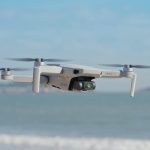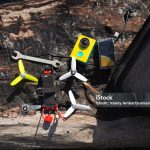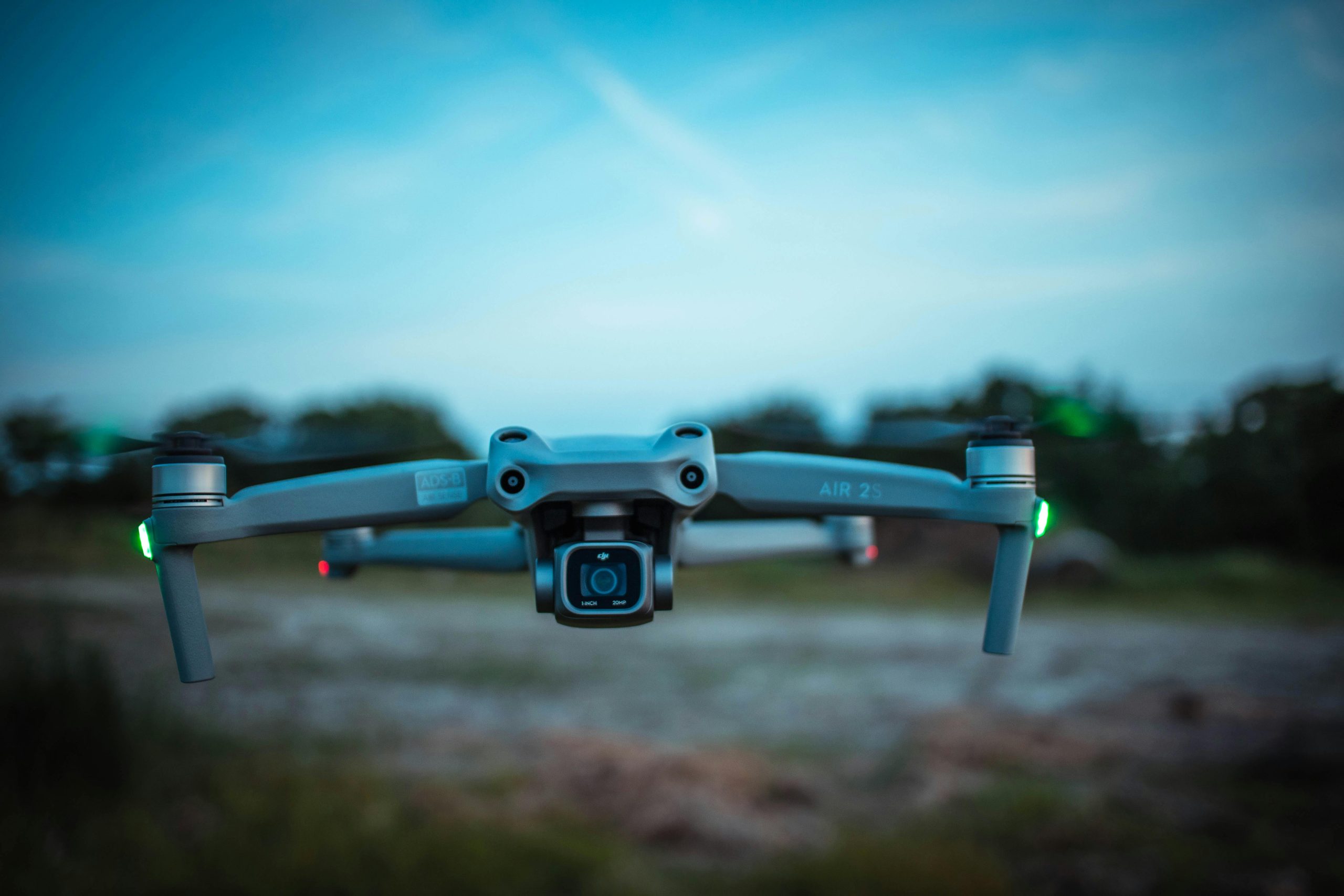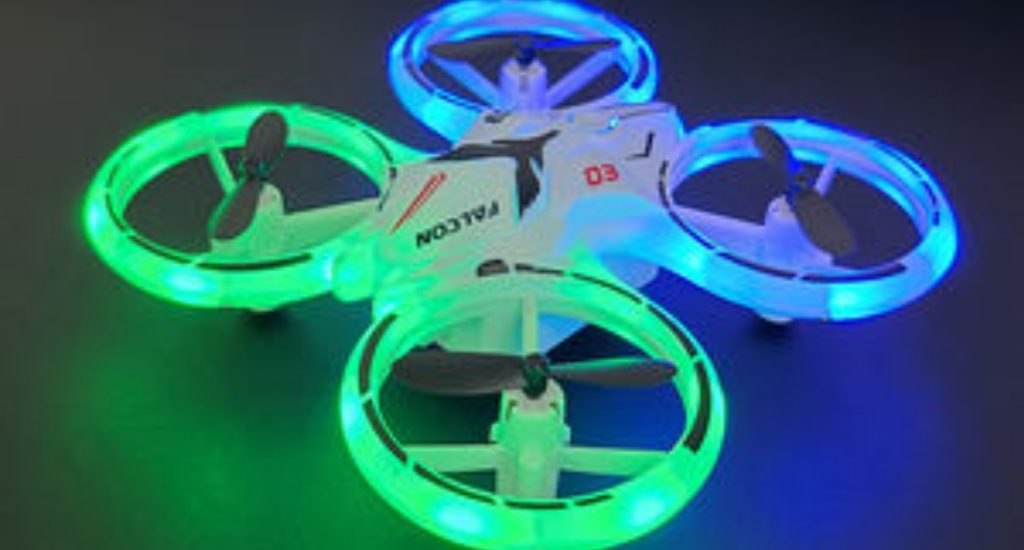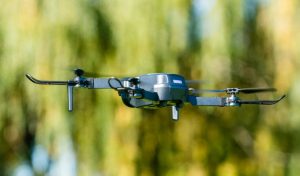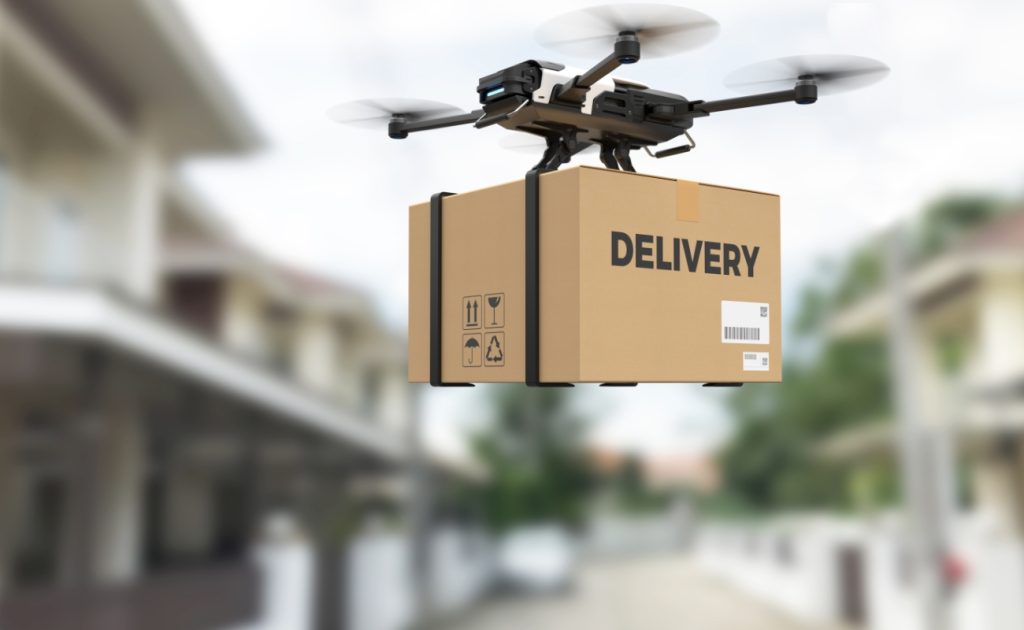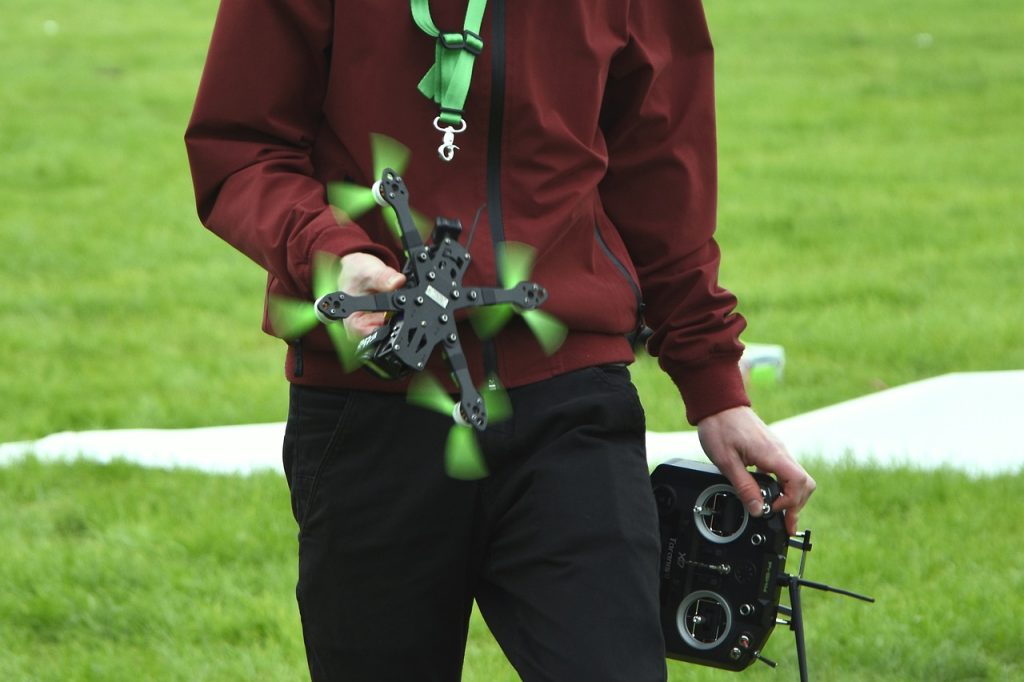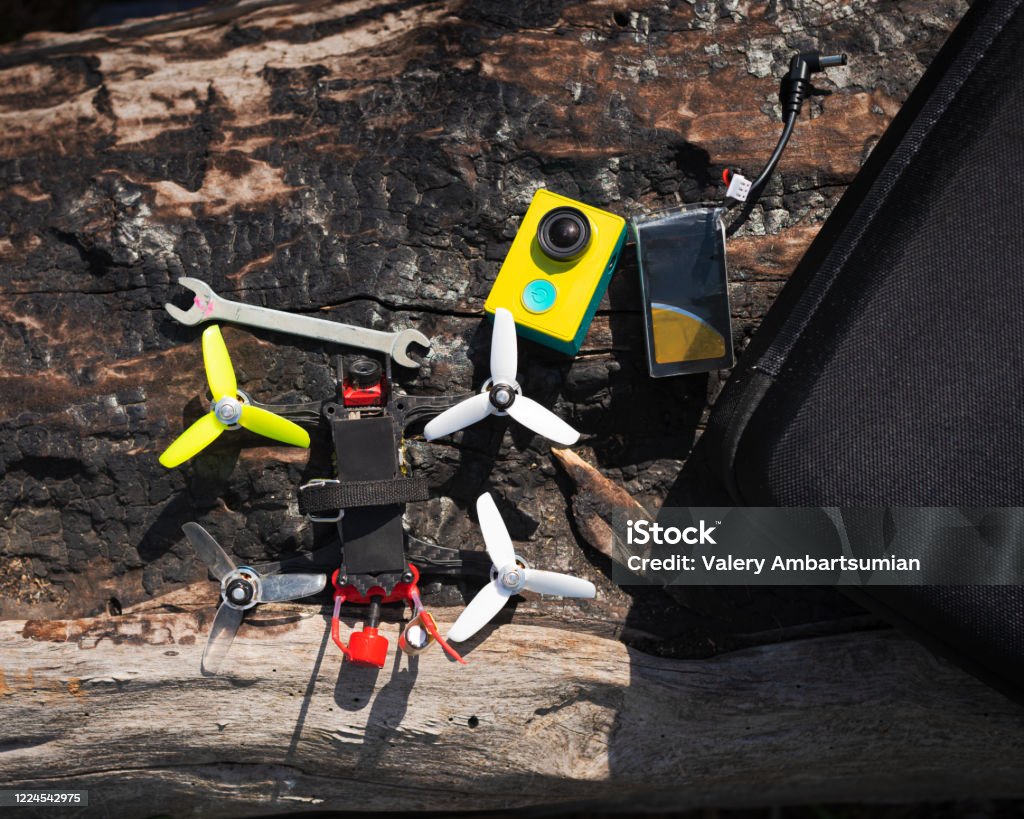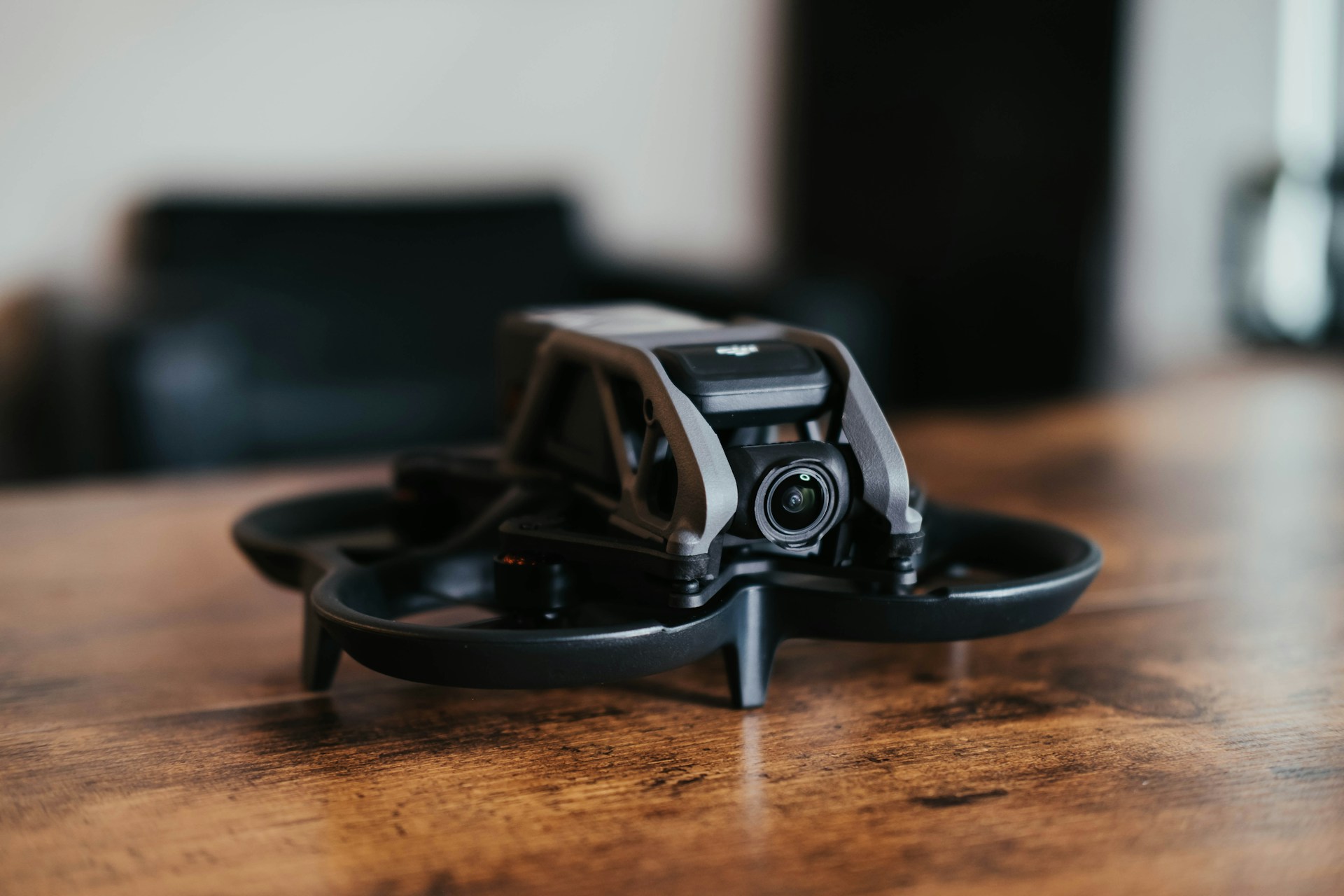Search and rescue operations are critical in emergency situations, as every second counts when it comes to saving lives. Time is of the essence, and sometimes, traditional rescue methods can be too slow or too risky. This is where search and rescue drones come into play. These unmanned aerial vehicles have revolutionized the way we conduct rescue operations, making them faster, safer, and more efficient. With the ability to reach remote or hard-to-reach areas, search and rescue drones are becoming increasingly popular among emergency responders. In this post, we will explore the world of search and rescue drones, their capabilities, and how they are used to save lives. We will take a closer look at some of the most advanced drone technologies being used today and how they are changing the face of rescue operations. Join us as we explore the exciting world of sky heroes and the lifesaving work they do.
Introduction: The Rise of Search and Rescue Drones
In recent years, the utilization of drones in search and rescue operations has revolutionized the way emergency response teams conduct their missions. These unmanned aerial vehicles, equipped with advanced technology and capabilities, have soared to the forefront of modern rescue efforts, earning them the title of “Sky Heroes”.
The rise of search and rescue drones signifies a significant shift in traditional search and rescue methods. With the ability to navigate through challenging terrain, reach remote locations, and provide real-time aerial surveillance, these drones have become invaluable assets in saving lives during critical situations.
In this blog post, we will delve into the world of search and rescue drones, exploring their capabilities, impact, and the incredible stories of how they have been instrumental in conducting successful rescue missions. Join us on this journey as we unravel the remarkable rise of these aerial heroes and their pivotal role in modern emergency response operations.
The Role of Search and Rescue Drones in Emergency Situations
In times of crisis and emergency situations, search and rescue drones play a crucial role in saving lives and aiding first responders. These unmanned aerial vehicles are equipped with advanced technology that enables them to swiftly navigate through challenging terrains and locate individuals in need of assistance.
Search and rescue drones provide a bird’s-eye view of the affected area, allowing rescue teams to assess the situation quickly and effectively. Equipped with cameras and thermal imaging sensors, these drones can detect heat signatures and identify survivors, even in low visibility conditions.
Their ability to cover vast areas in a short amount of time makes them invaluable tools in search and rescue operations. Drones can reach remote or hazardous locations that are difficult for humans to access, providing real-time data to aid in decision-making and coordination of rescue efforts.
In emergency situations such as natural disasters, accidents, or missing person cases, search and rescue drones serve as eyes in the sky, offering hope and assistance to those in distress. With their rapid deployment and versatile capabilities, these unmanned aircraft are transforming the way emergency response teams approach critical situations, ultimately saving lives and making a difference when every second counts.
Technology Behind Search and Rescue Drones
Search and rescue drones have revolutionized the way emergency response teams operate in challenging situations. The technology behind these drones is both advanced and innovative, allowing them to effectively locate and assist individuals in need of help.
One key aspect of the technology used in search and rescue drones is their ability to be equipped with high-resolution cameras and thermal imaging sensors. These features enable the drones to capture clear images and detect heat signatures, even in low visibility conditions such as dense fog or darkness.
Moreover, search and rescue drones are often equipped with GPS tracking systems, allowing them to navigate accurately to the location of a person in distress. This precise location data is crucial for rescue teams to quickly reach and provide assistance to those in need.
Additionally, some search and rescue drones are designed to have communication capabilities, enabling them to relay real-time information back to the rescue team on the ground. This two-way communication ensures that the team is well-informed about the situation and can make informed decisions to carry out the rescue operation effectively.
In essence, the technology behind search and rescue drones plays a vital role in enhancing the efficiency and effectiveness of emergency response efforts, ultimately helping to save lives in critical situations.
Real-Life Stories of Search and Rescue Operations
In the world of search and rescue operations, drones have emerged as valuable tools that have saved countless lives in critical situations. These unmanned aerial vehicles, equipped with advanced technology and capabilities, have revolutionized the way rescuers locate and assist individuals in distress.
One striking example is the story of a lost hiker in a remote mountainous region. When traditional search methods failed to locate the missing person, a specialized search and rescue drone was deployed. With its thermal imaging camera, the drone was able to pinpoint the hiker’s location even in the darkness of night, guiding rescuers to the exact spot where the individual was stranded. Thanks to the swift response facilitated by the drone, the hiker was successfully rescued and brought to safety.
Another compelling narrative highlights the use of drones in maritime search and rescue operations. In a high-stakes scenario where a boat was adrift at sea during a storm, a search and rescue drone was deployed to survey the vast ocean expanse. Through its high-resolution camera, the drone was able to identify the distressed vessel and relay crucial information to rescue teams, enabling them to navigate through treacherous waters and reach the stranded occupants in time to rescue them before disaster struck.
These real-life stories exemplify the invaluable role of search and rescue drones in swiftly and effectively locating individuals in distress, overcoming geographical challenges, and ensuring timely and successful rescue missions. The use of drones in search and rescue operations continues to demonstrate their capability to save lives and make a meaningful impact in emergency situations.
Benefits of Using Drones in Search and Rescue Missions
Drones have revolutionized search and rescue missions by providing a wide array of benefits that enhance efficiency, safety, and effectiveness. One of the key advantages of using drones in search and rescue operations is their ability to cover vast areas in a relatively short amount of time. Equipped with high-definition cameras and thermal imaging technology, drones can quickly scan large expanses of terrain, helping rescuers locate missing persons or identify areas in need of assistance.
Furthermore, drones can access hard-to-reach or hazardous areas that may be challenging for ground teams to reach. Whether it’s a rugged mountain terrain, dense forests, or disaster-stricken areas, drones can fly over obstacles and provide real-time footage to guide rescue efforts.
In addition to their agility and versatility, drones also play a crucial role in reducing risks for search and rescue teams. By deploying drones to survey an area before sending in personnel, teams can assess the situation, evaluate potential dangers, and plan a safe and strategic approach. This proactive use of drones minimizes the exposure of rescue teams to hazardous conditions, ultimately enhancing the overall safety of the mission.
Overall, the benefits of using drones in search and rescue missions are vast, ranging from increased speed and efficiency to improved safety and effectiveness. As technology continues to advance, drones will undoubtedly play an even more significant role in saving lives and providing critical support in emergency situations.
Challenges and Limitations Faced by Search and Rescue Drones
Search and rescue drones have proven to be valuable assets in emergency situations, providing critical support to first responders and aiding in saving lives. However, like any technology, they also face challenges and limitations that need to be addressed for optimal performance.
One of the primary challenges faced by search and rescue drones is limited battery life. Despite advancements in battery technology, drones still have a finite amount of flight time before they need to return for recharging. This limitation can impact the efficiency of search and rescue operations, especially in large-scale or prolonged missions.
Another challenge is the issue of flight range and connectivity. Search and rescue operations often take place in remote or rugged terrain where maintaining a strong signal and communication with the drone can be difficult. Connectivity issues can hinder the drone’s ability to relay real-time data and footage back to the operators, potentially delaying response times.
Furthermore, adverse weather conditions pose a significant challenge for search and rescue drones. High winds, heavy rain, snow, or fog can impact the drone’s stability, navigation, and visibility, making it challenging to conduct effective search and rescue missions in inclement weather.
Despite these challenges, ongoing research and development efforts are focused on overcoming these limitations. Innovations in battery technology, flight endurance, and communication systems are continuously being explored to enhance the capabilities of search and rescue drones. By addressing these challenges, search and rescue drones can continue to play a crucial role in emergency response efforts and saving lives.
Training and Certification for Drone Operators
Training and certification for drone operators are crucial aspects of ensuring safe and effective operations in search and rescue missions. Operating drones for search and rescue requires specialized skills and knowledge to navigate complex and high-pressure situations. Proper training equips operators with the necessary expertise to handle emergencies, navigate challenging terrains, and effectively coordinate with rescue teams on the ground.
Certification not only validates the operator’s proficiency in flying drones but also demonstrates compliance with regulations and safety standards. It is essential for drone operators to undergo formal training programs that cover topics such as flight procedures, emergency protocols, payload management, and airspace regulations. Additionally, certification programs often include practical assessments and simulations to test operators’ skills in real-life scenarios.
By investing in training and certification for drone operators, organizations can enhance the effectiveness of their search and rescue operations while prioritizing safety and professionalism. Qualified and certified drone operators play a vital role in leveraging drone technology to save lives and provide critical support in emergency situations.
Regulations and Legal Considerations for Search and Rescue Drones
When deploying search and rescue drones, it’s crucial to adhere to regulations and legal considerations to ensure safe and effective operations. In many countries, drone operations are governed by strict laws to protect airspace, privacy, and public safety.
Before using drones for search and rescue missions, it is essential to familiarize yourself with the regulations set forth by aviation authorities. This includes obtaining the necessary licenses or permits required for operating drones in emergency situations. Additionally, understanding the restrictions on flight altitudes, flight paths, and airspace limitations is vital to prevent any violations.
Furthermore, privacy concerns must be taken into account when using drones for search and rescue purposes. Respecting individuals’ privacy rights and ensuring that collected data is handled responsibly is paramount. It is crucial to have protocols in place to safeguard sensitive information and comply with data protection regulations.
Moreover, liability issues should be carefully considered when using drones in search and rescue operations. Understanding the legal implications of drone usage, such as liability for accidents or damages, is essential for mitigating risks and ensuring accountability.
By prioritizing compliance with regulations and legal considerations, search and rescue drone operators can conduct their missions safely, ethically, and within the bounds of the law.
Future of Search and Rescue Drones: Innovations and Trends
The future of search and rescue drones holds exciting innovations and trends that are set to revolutionize emergency response operations. As technology continues to advance, search and rescue drones are becoming more sophisticated, capable of handling complex missions with increased efficiency and precision.
One of the key trends in the field of search and rescue drones is the integration of artificial intelligence (AI) and machine learning algorithms. These technologies enable drones to analyze vast amounts of data in real-time, helping them make informed decisions and adapt to dynamic rescue scenarios. AI-powered drones can quickly identify and track survivors, assess their condition, and determine the best course of action to provide timely assistance.
Another significant innovation in search and rescue drones is the development of advanced sensors and imaging technologies. Drones equipped with high-resolution cameras, thermal imaging sensors, and multispectral sensors can gather crucial information from the disaster site, such as identifying survivors in low visibility conditions or detecting potential hazards.
Furthermore, the use of autonomous drone fleets is emerging as a game-changer in search and rescue operations. Coordinated teams of drones can collaborate seamlessly, dividing tasks among themselves to cover large areas efficiently and respond to multiple incidents simultaneously. These drone swarms can communicate with each other, share data in real-time, and coordinate their actions to optimize search and rescue efforts.
Overall, the future of search and rescue drones is filled with promising advancements that will enhance the capabilities of emergency response teams and improve outcomes for those in need. By embracing these innovations and trends, search and rescue organizations can leverage the power of drones to save lives and make a positive impact in critical situations.
Conclusion: The Impact of Sky Heroes in Saving Lives
In conclusion, the impact of Sky Heroes – search and rescue drones in action – cannot be understated when it comes to saving lives. These remarkable aerial devices have revolutionized the way emergency response teams approach critical situations, providing swift and effective support in challenging environments.
The agility, speed, and advanced technology of search and rescue drones have proven instrumental in locating missing persons, assessing disaster-stricken areas, and delivering essential supplies to unreachable locations. By leveraging real-time data transmission, thermal imaging, and high-definition cameras, Sky Heroes have significantly enhanced the efficiency and safety of search and rescue operations.
Moreover, the ability of drones to access remote or hazardous terrains inaccessible to traditional search teams has been a game-changer in emergency response efforts. The quick deployment and maneuverability of these aerial heroes have minimized response times, increased situational awareness, and ultimately saved countless lives in critical situations.
As we look towards the future, the integration of drones in search and rescue missions will continue to evolve, offering even more advanced capabilities and enhancing the effectiveness of lifesaving operations. Sky Heroes have truly carved a niche as indispensable tools in the realm of emergency response, embodying innovation, efficiency, and ultimately, hope for those in distress.
In conclusion, we have explored the fascinating world of search and rescue drones, showcasing how these innovative technologies are transforming the way emergency responders save lives. From locating missing persons to delivering critical supplies in remote areas, these sky heroes are making a real impact. As we continue to witness advancements in drone technology, we can only imagine the endless possibilities that lie ahead for search and rescue missions. Thank you for joining us on this journey into the world of search and rescue drones – stay tuned for more exciting updates on this rapidly evolving field.
